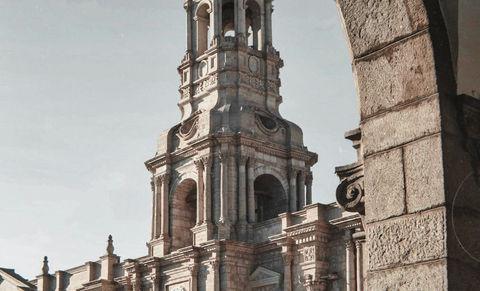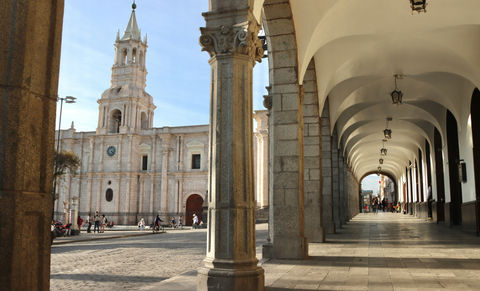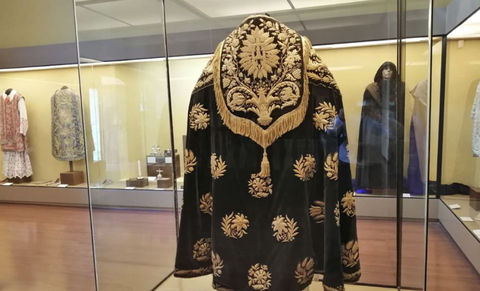
US
Learn more about us and all the services we have for our visitors
Tourist attractions
Kuelap Fortress
An impressive fortress that dates back to the 11th century and is located at 3000 meters above sea level. It is an architectural jewel built by the inhabitants of the Chachapoyas Culture and stands out for the perfection of its finishes, the monumental size of its buildings and how complex it was. access it.
The Kuelap fortress is located in the province of Luya, within the Amazonas region. The northeastern Andes were chosen by the ancient Peruvians who built this enigmatic city, which has administrative, religious, ceremonial spaces and even homes.
Gocta Waterfall
Its more than 700 meters high make it one of the largest in the world. Its majesty and unique natural beauty captivate all its visitors.
This waterfall is visited by tourists who seek to connect with a totally natural environment. Here you can breathe the harmony of flora and fauna in every space you pass through. The journey to get here is completely worth it, since witnessing the permanent waterfall is indescribable, it fills the soul and transports the mind to a state of calm never before experienced.
Kuelap Fortress
An impressive fortress that dates back to the 11th century and is located at 3000 meters above sea level. It is an architectural jewel built by the inhabitants of the Chachapoyas Culture and stands out for the perfection of its finishes, the monumental size of its buildings and how complex it was. access it.
The Kuelap fortress is located in the province of Luya, within the Amazonas region. The northeastern Andes were chosen by the ancient Peruvians who built this enigmatic city, which has administrative, religious, ceremonial spaces and even homes.
Gocta Waterfall
Its more than 700 meters high make it one of the largest in the world. Its majesty and unique natural beauty captivate all its visitors.
This waterfall is visited by tourists who seek to connect with a totally natural environment. Here you can breathe the harmony of flora and fauna in every space you pass through. The journey to get here is completely worth it, since witnessing the permanent waterfall is indescribable, it fills the soul and transports the mind to a state of calm never before experienced.
Museo de la
Catedral de Arequipa
La Catedral de Arequipa comenzó a ser edificada en 1540, durante la fundación de la ciudad, y en 1656 concluyó su construcción. Esta gran obra de arquitectura está hecha íntegramente en sillar, la piedra blanca volcánica proveniente de las erupciones de los volcanes de la zona.
En 1844 soportó un incendio y 1868 un terremoto, por lo que su estructura debió ser reconstruida. En el año 2001 otro terremoto afectó gravemente a las dos torres de la Catedral, que se derrumbaron y debieron ser nuevamente levantadas.
En el museo se puede recorrer cuatro salas: dos pertenecen a Los Tesoros de la Catedral -contiene coronas y piezas religiosas de orfebrería antigua-, otra a Ornamentos y Paños y la última, a Pinturas Religiosas.


























